Are you planning to do some home renovations soon? You’re not alone. When the home design site Houzz conducted a 2022 study of renovation trends among nearly 70,000 Americans, over 55% said they intended to do a home renovation in 2022. And the median amount they planned to spend was $15,000.
If you’re hoping to sell your home in the next two to five years, you’re no doubt thinking, “What changes will give me the greatest return on my investment?” But that can be tricky to predict.
“The one thing I can tell you is to be careful of costs,” says North Atlanta real estate expert Jodi Godfrey. “Some people think if they spend 10 grand on a countertop, they will get 10 grand in resale value. But that’s not always the case.”
No Hard and Fast Rules in Home Renovations
The real estate business doesn’t have a lot of surefire principles that apply to all homes, all the time. For example, choosing whether or not to add a swimming pool (average cost: $35,000) isn’t a straight yes-or-no proposition.
There are many factors: Will you be selling your home in the dead of winter, when a pool won’t seem as appealing to buyers? What will you have to do to be in compliance with your state’s pool safety laws? Will you be investing in a fence around the pool area, with child-safety locks on the gate? And of course, what area of the country do you live in?
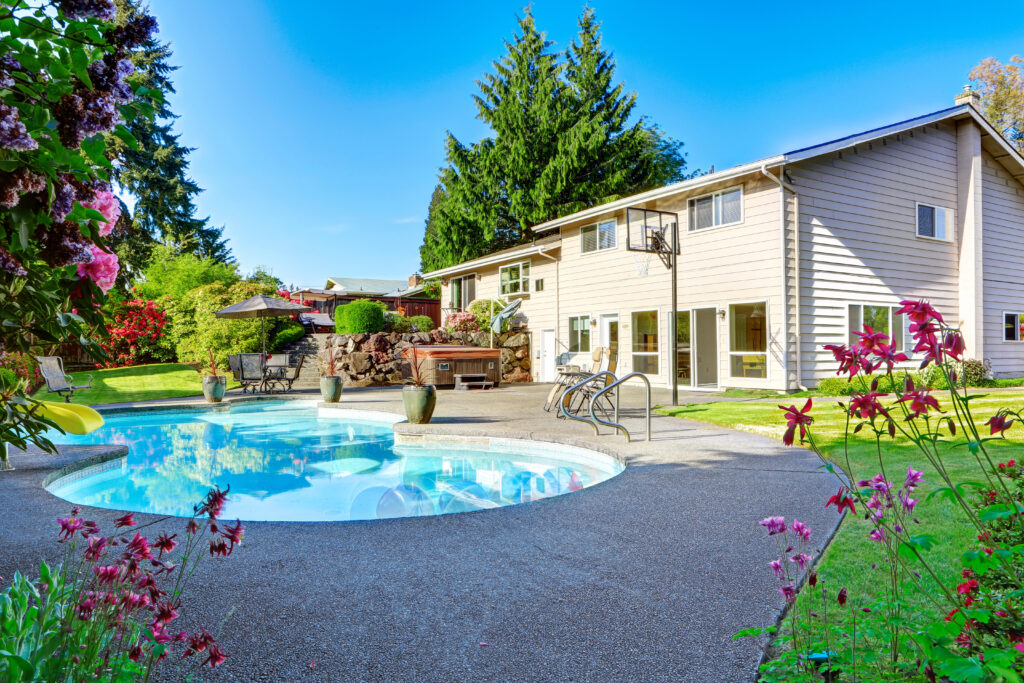
Joan Alpert, a Realtor Concierge with Century 21 in Boca Rotan, Florida, has an understandably positive view of pools. If a seller is considering adding one to their home in this very hot area of the country, she’s almost always supportive.
“One hundred percent yes — add the pool,” she says. “Even if your neighborhood has a community pool, people still like to enjoy their own private Idaho in their backyard.”
According to Redfin, a swimming pool can add up to $40,000 in value to a home in Fort Lauderdale, Florida, and up to $95,000 in value to a home in Los Angeles. But Redfin also found that Boston-area homes with pools sold for approximately $15,000 less than similar homes without pools.
With that said, there are certain home renovations that generally might be a bad idea, no matter where you live. Here are five of them.
1. Trendy Features
Godrey advises clients to steer clear of design overhauls that are ultra-customized.
“Don’t go overboard on a trend, because super-trendy things will eventually go out of style, and they won’t give you the return on investment you were hoping for,” she says.
She recalls touring a house where the homeowner went full-tilt on the farmhouse chic look, customizing nearly every room with “shiplap everywhere.” Not only is that trend beginning to fade, but not everyone is looking for that particular aesthetic.
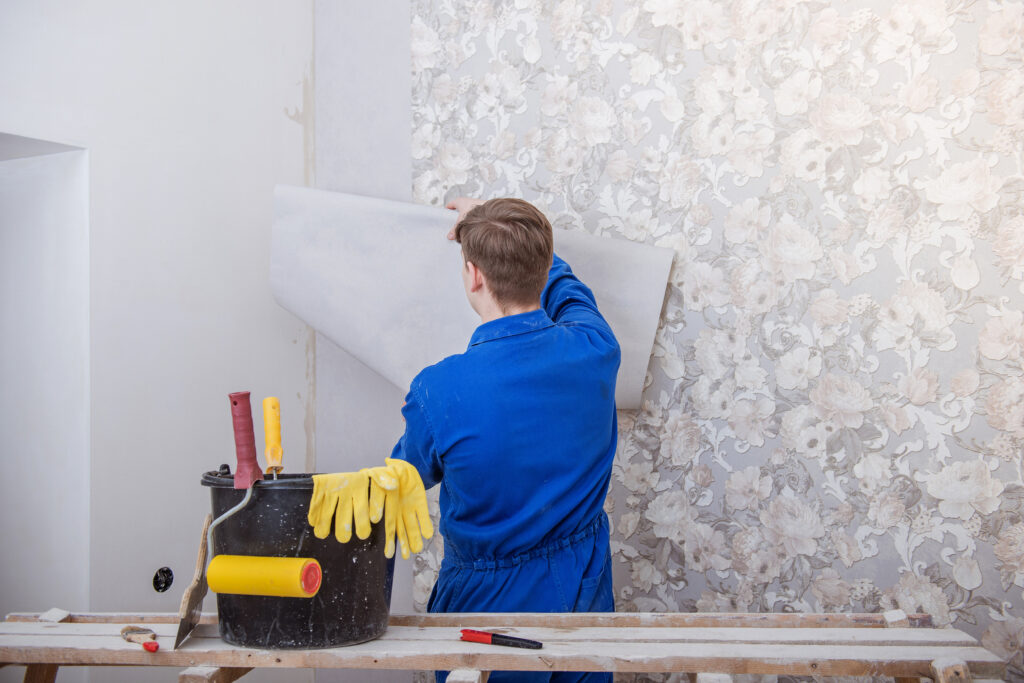
Alpert concurs, adding that a $3,000 farmhouse sink isn’t worth the expense. When it comes time to sell your house, she says, “You’re not gonna get your money back on that.”
Wallpapered walls (rather than painted) are another popular style of late. Alpert’s not a fan of this trend, but even if you do love wallpaper, she warns homeowners to be careful when selecting it. “You don’t want someone to walk in and feel overwhelmed,” she says. “Choose one room and choose the pattern carefully.”
2. Standing Showers
In an effort to make a bathroom feel bigger, some homeowners decide to replace a bathtub with a standing shower. But losing the tub can be a mistake.
“Most people want at least one tub for their children or grandchildren,” Alpert says.
A tub-to-shower conversion costs an average of $6,000 to $10,000, and then the lack of a tub can turn out to be the problem that turns a buyer away. What a waste!
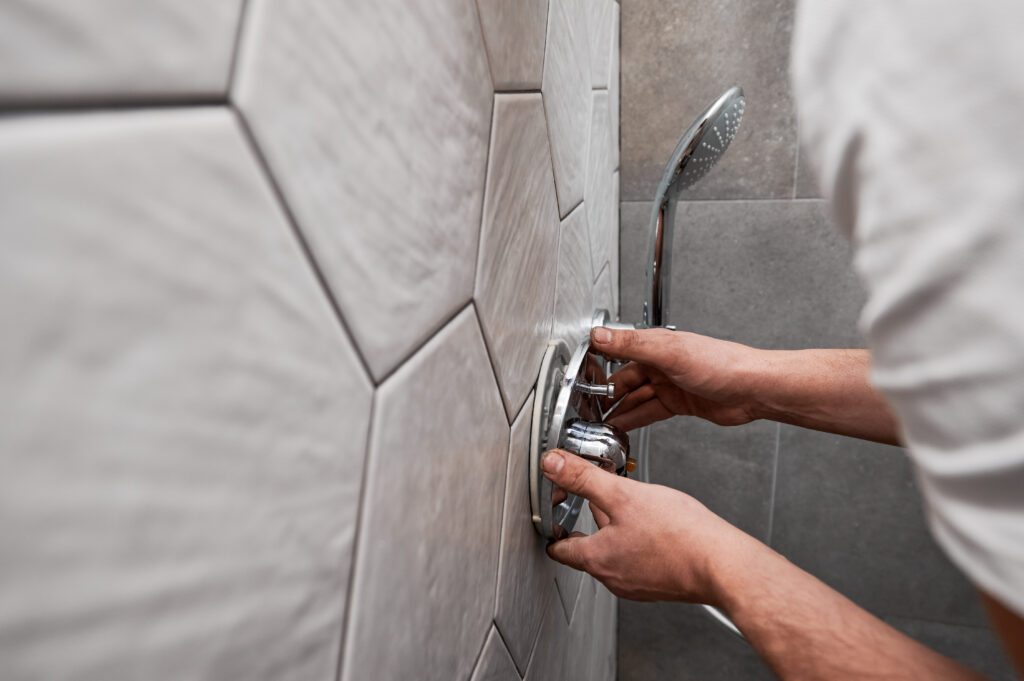
3. The Most Current Upgrades
There will always be a new and shinier version of everything, and some homeowners get lulled into thinking that they need the most current one. Not true.
If you updated your countertop relatively recently, but now your granite choice seems dated, do you need to update again — to an even more in-trend granite?
“No,” says Godfrey. Of course, each situation is different, but she says, “There are ways to do this without breaking the bank.” She suggests asking a real estate pro to walk you through the process of what really needs updating and what doesn’t.
For example, you don’t need to update to a Smart HVAC system (that you can control through an app or by talking to Alexa). Not everyone’s looking for a “smart” home, and this kind of upgrade isn’t going to sway a homebuyer much. But if your HVAC is faulty? Then yes, you absolutely need to replace it, says Alpert.
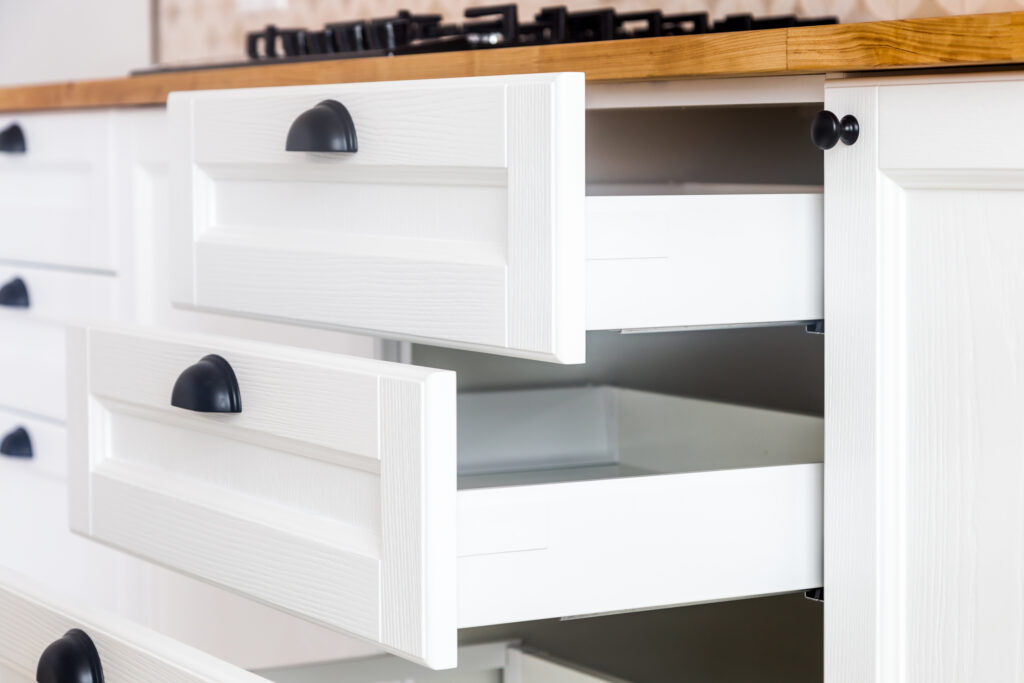
4. Ripping Up the Bathrooms
“Refreshing your bathroom is a good idea,” Godfrey says. “But you don’t necessarily need to gut it, take it down to the studs and rebuild.” Especially since the national average price for a bathroom remodel is $6,500.
Instead, ask yourself, “Is your hardware rusting? Do the handles scream the 1980s?” Small hardware swaps can do wonders.
Is the tile is dingy? You may be able to make the bathroom appear much cleaner simply by retiling, she says.
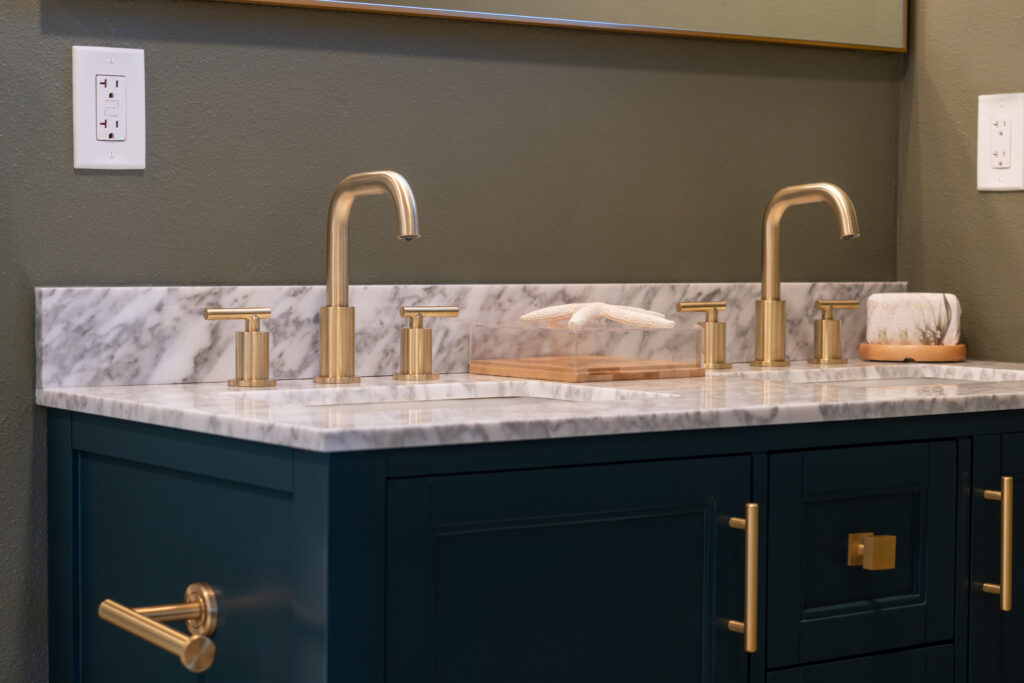
5. A Garage Conversion
Converting a garage to an extra bedroom or den can add living space to your home. But in most cases, Alpert says, it’s a terrible idea.
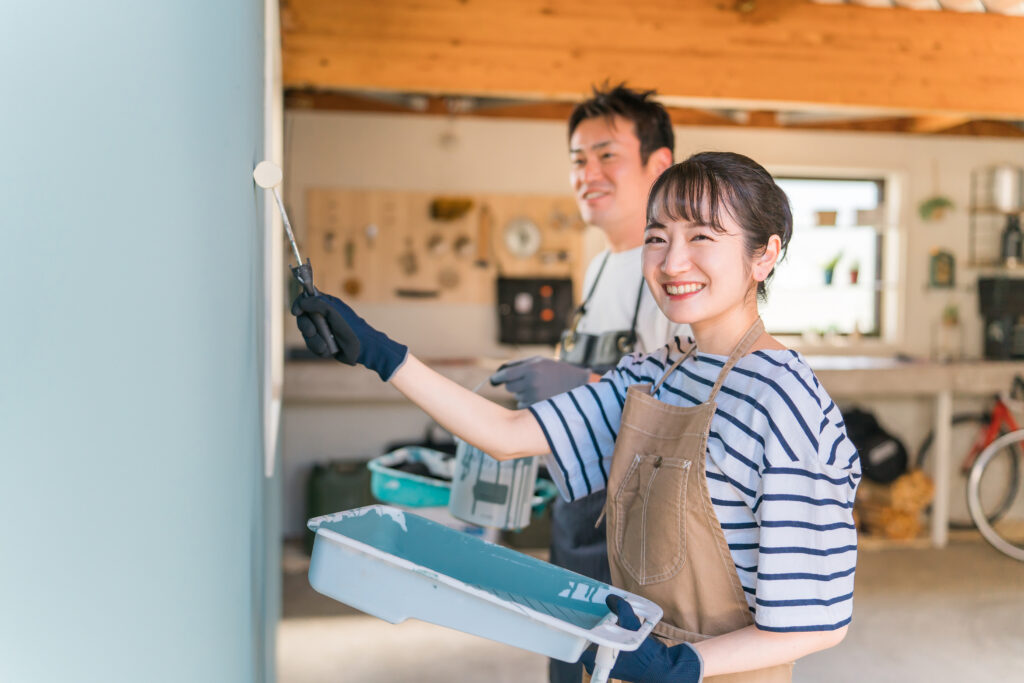
“Everyone wants a garage,” she says. “I don’t know anyone who doesn’t want a garage.” Granted, her viewpoint is colored by her Florida location (“The sun will kill your car.”). But a garage-turned-room often doesn’t fit with the floor plan of your home, and at an average cost of over $15,000, this is one renovation you should probably avoid.
6. Wall-to-Wall Carpeting
Homeowners who’ve lived with wall-to-wall carpeting for decades may not even think to consider other flooring options. They simply replace the carpeting before selling their home.
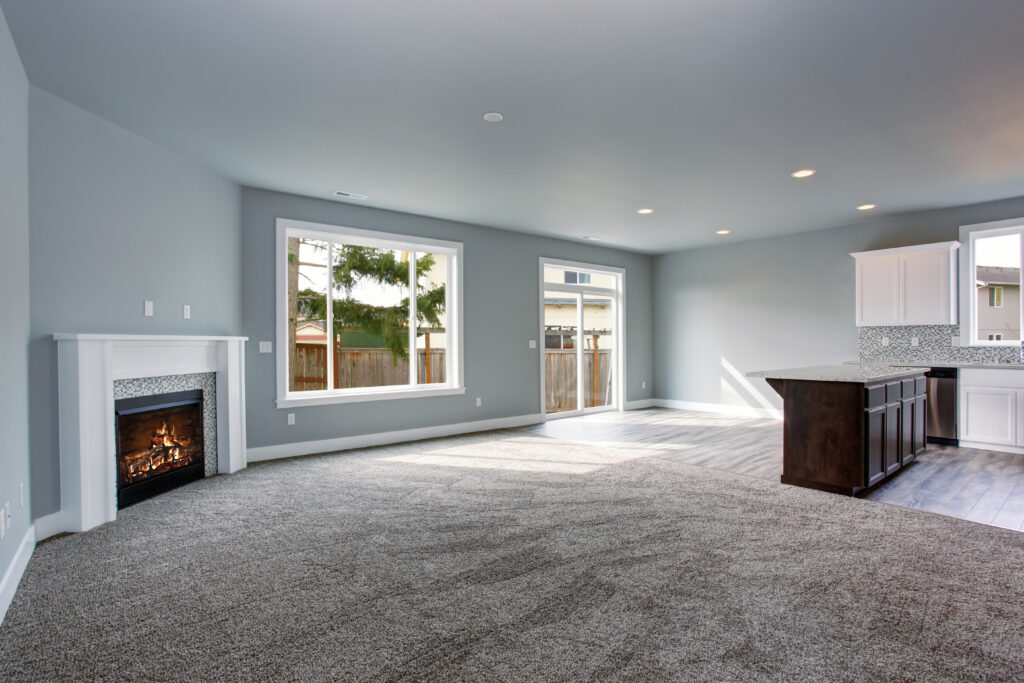
But installing new carpet costs an average of $700 to $2,000 for an area of up to 200 square feet. And these days, a lot of people are looking for homes with hardwood floors throughout. So it’s possible that you’d be shelling out money for something that’s going to turn people off.
Alpert generally recommends hardwoods over carpeting.
“Definitely hardwoods throughout downstairs,” she says. “And maybe the upstairs can have carpeting.”
This story originally appeared on Don't Waste Your Money.


